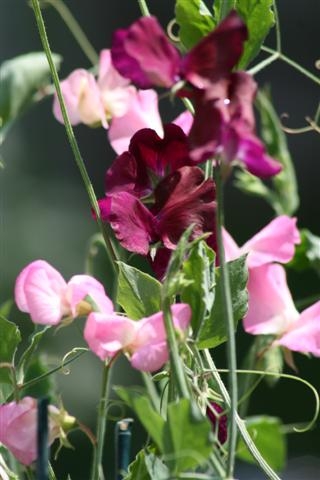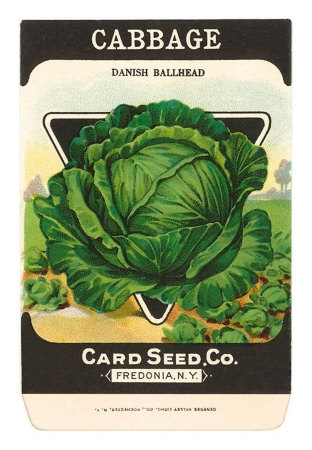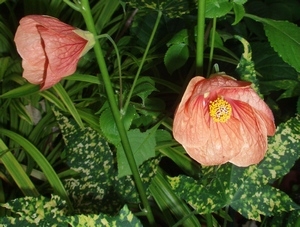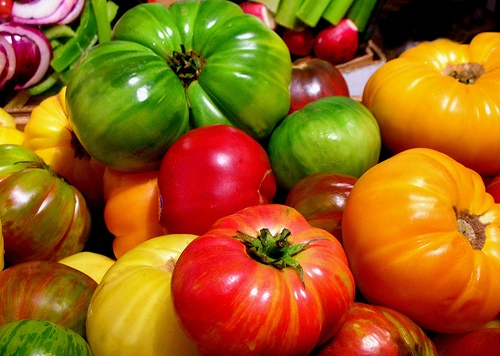Fall is in the air – sort of. The sun is setting earlier each day but our days are still beautiful. The autumnal equinox on September 23rd marks the beginning of fall when day and night are of approximately equal length. Gardeners living in Minnesota and Maine are thinking about "battening down the hatches" for winter already. Us, we’re just starting our fall planting season. There are so many possibilities for fall and winter edibles as well as colorful flowers, berries and foliage. For the biggest show there’s no better time to plant than early fall. Let the fun begin.
While most of the summer annuals and perennials will bloom until at least October, there are cool season varieties that come into their own as our nights cool and last through the winter. Try colorful combinations of snapdragon, pansies, violas, sweet alyssum, calendula, chrysanthemum paludosum, forget-me-not, Iceland and shirley poppies, ornamental kale and cabbage, primrose, stock or sweet peas.
 Who doesn’t love old-fashioned sweet peas? A small bouquet will perfume a room with a delicious scent. They remind me of my Aunt Ruth who grew them every year and let me pick a bunch each spring whenever I went to visit. There are many new varieties and colors these days but back then her sweet pea vines were covered with the classic mixed colors of violet, blue, pink, peach and white.
Who doesn’t love old-fashioned sweet peas? A small bouquet will perfume a room with a delicious scent. They remind me of my Aunt Ruth who grew them every year and let me pick a bunch each spring whenever I went to visit. There are many new varieties and colors these days but back then her sweet pea vines were covered with the classic mixed colors of violet, blue, pink, peach and white.
Sweet peas have been around for a long time and many different countries claim that they originated there. One story is that a monk, Father Cupani, first harvested them in the wild on an island off Sicily in 1695` and sent the seeds to the Netherlands. In the 1800’s, an Scottish nurseryman named Harry Eckford began hybridizing and introducing larger varieties in a wider range of colors where they became quite a sensation. The most famous and perhaps the most important use of this flower was the extensive genetics studies performed by Gregor Mendel. Since they self-pollinate, their characteristics such as height, color and petal form could easily be tracked. But whether they came from Ceylon- the modern day Sri Lanka, China or Sicily, heirloom sweet peas are as exquisite in the garden and they are in the vase.
I like to plant early blooming types of sweet peas in October or early November. These varieties flower in the shorter days of late winter. Winter Elegance and Early Multiflora are common early flowering types. Also plant some of the more fragrant spring flowering heirlooms and Spencer’s at the same time to extend your harvest time. My very favorite sweet pea with long stems for cutting and an intense fragrance is called April in Paris. Large ruffled blossoms are a soft primrose cream, tinted at the edges in dark lilac that deepens and increases with age. You can’t go wrong no matter what color or style sweet pea you choose. They are all beautiful.
Now that the weather has cooled, plant cool season veggie starts like broccoli, cabbage, cauliflower, chard, lettuce, spinach, brussels sprouts, bok choy, onions and leeks in soil enriched with 4-6" of compost as summer vegetable crops will have used up much of your soil’s nutrients. You can sow seeds of beets, carrots, radishes, spinach, arugula, mustard and peas directly in the ground.
This is also the time to start perennial flowers seeds so that they’ll be mature enough to bloom next year. Happy Fall.



 . You cannot save seed from F1 hybrids as their unique traits, such as specific disease resistance and early maturity, are uniform only in the first generation of seed. Seed saved from hybrids they will not come true when replanted.
. You cannot save seed from F1 hybrids as their unique traits, such as specific disease resistance and early maturity, are uniform only in the first generation of seed. Seed saved from hybrids they will not come true when replanted.